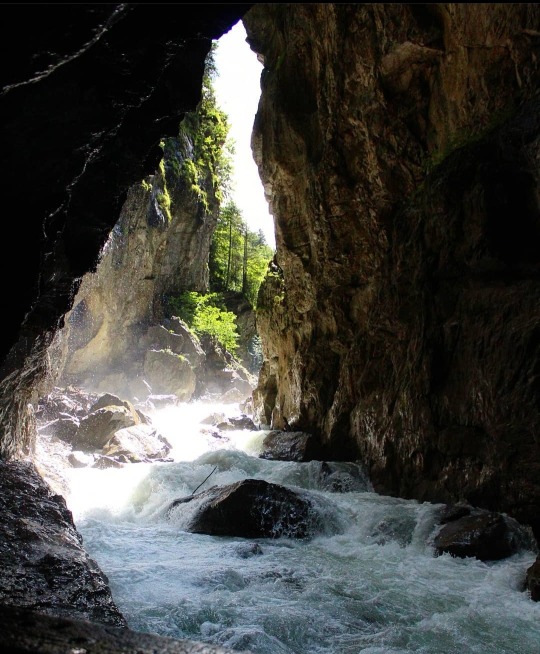Text
Frederik Meijer Gardens & Sculpture Park, Fred & Dorothy Fichter Butterflies are Blooming. Grand Rapids, MI


5 notes
·
View notes
Text


Kensington Metropark, Milford, Mi. It's maple syrup season!
1 note
·
View note
Text



Erwin Orchards, South Lyon, MI
I can't think of a better way to spend an Autumn afternoon than picking fruit and wandering a corn maze
1 note
·
View note
Text

Kalamazoo River overlook (near Linear Park & NCT), Battle Creek, Michigan
Autumn is coming...
0 notes
Photo

Mackinac Island, MI [OC] [5760x3840] - Author: duogmog on reddit
231 notes
·
View notes
Photo

Delmarva fox squirrel
Habitat loss and probably over-hunting at the turn of the century contributed to the marked decline of this fox squirrel subspecies, which was listed as endangered in 1967.
Photo © Guy Willey /Flickr
93 notes
·
View notes
Photo
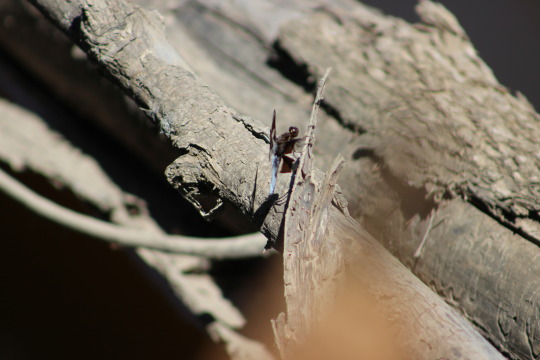

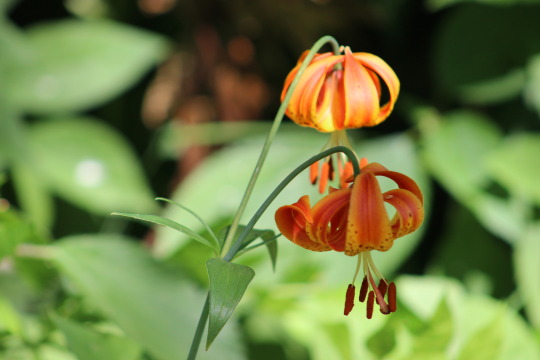
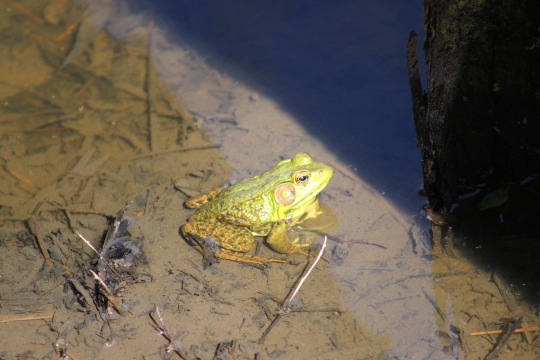
Sanilac Petroglyphs State Park - Cass City, MI
Wildlife on the hiking trail
5 notes
·
View notes
Photo

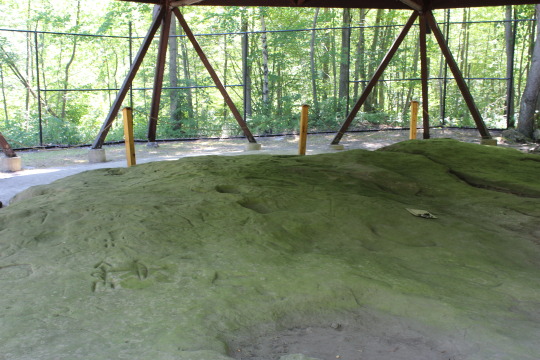
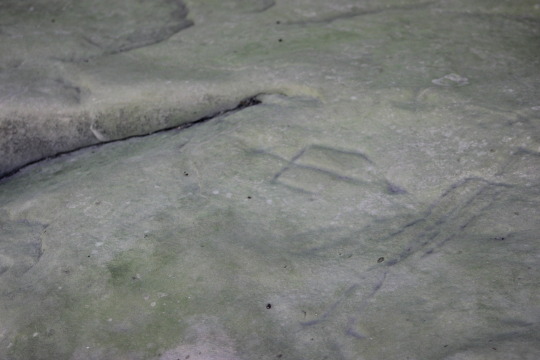
Sanilac Petroglyphs State Park, Cass City, MI
2 notes
·
View notes
Photo

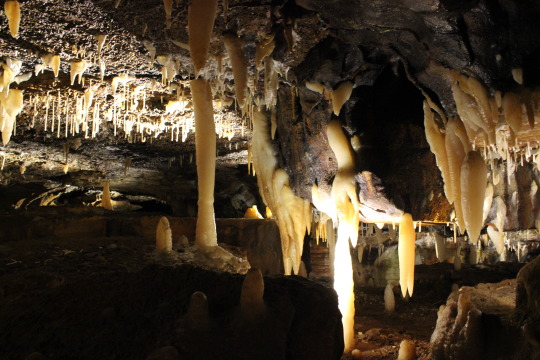
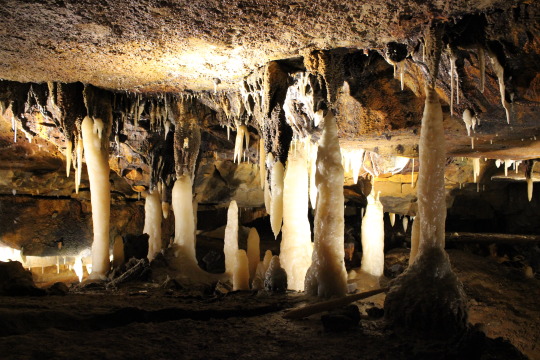
Ohio Caverns - West Liberty, OH
To be below the earth is my happy place.
243 notes
·
View notes
Photo

The veiw point at night
Loen, Sogn og Fjordane, Norway
28 notes
·
View notes
Photo
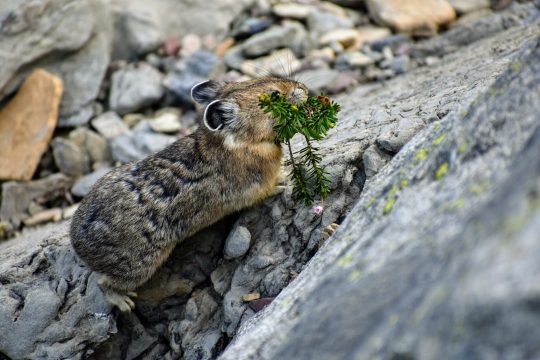
Pika, Pika!
High in the rocky slopes of Glacier National Park lives a fuzzy, potato-sized animal called the North American pika (Ochotona princeps). The pika is a lagomorph, in the same order as rabbits and hares, and they are experts at cold-climate survival. Pika live year-round at high elevations without hibernating. Their thick coats and high metabolism allow them to keep their body temperature at 104°F all year long. To support this metabolism through the winter, pika must spend the entire summer stockpiling food in caches known as haypiles.
When hiking in the alpine in Glacier National Park you’ll often hear the distinctive “EEK!” call of the pika. Look for a small, compact mammal with round ears and a short tail. In the summer pika are usually seen with a mouthful of vegetation, running to a haypile where the food will be stored for winter. Glacier is thought to be home to between 1,800 and 3,600 pika.
The extreme cold habitat that the pika is adapted to is disappearing due to climate change. Their high body temperatures make pika very susceptible to heat stress. To avoid this, on hot days pika must spend more time under the rocks cooling off and forgo some of their foraging opportunities. Too many hot days and the pika will not have enough food to last the winter.
Since 2008, the Glacier National Park Citizen Science Program has organized pika surveys, conducted by volunteers, to observe any changes in pika distribution and population. The data collected has shown, on average, a decrease in pika occupancy in the 46 sites surveyed. Similar surveys are also done at eight other National Parks to find broad trends in pika well-being. By working together across different parks, with scientists and the public, and with park staff and visitors, we can still save one of the most adorable and extreme members of our ecosystem.
This photo was taken on the traditional land of the Amskapi Piikuni, Kootenai, Selis, and Qlispe People in 2018.
[Image description: A close-up picture of a North American pika standing on a rock with pink mountain-heath in its mouth.]
63 notes
·
View notes
Text
The Perseid Meteor Shower Is Here!

Image Credit: NASA/Bill Ingalls
The Perseids are at their peak this week!
The Perseid meteor shower, one of the biggest meteor showers of the year, will be at its brightest early in the morning on Wednesday, August 12. Read on for some tips on how to watch the night sky this week – and to find out: what exactly are the Perseids, anyway?

Credit: NASA/Bill Ingalls
Your best chance to spot the Perseids will be between 2 AM and dawn (local time) the morning of August 12. Find a dark spot, avoid bright lights (yes, that includes your phone) and get acclimated to the night sky.
Your eyes should be at peak viewing capacity after about 30 minutes; though the Moon may block out some of the dimmer meteors, you should still be able to see up to 15-20 an hour. If you’re not an early bird, you can try and take a look soon after sunset (around 9 PM) on the 11th, though you may not see as many Perseids then.

Credit: NASA/MEO
If it’s too cloudy, or too bright, to go skywatching where you are, you can try again Wednesday or Thursday night – or just stay indoors and watch the Perseids online!
Our Meteor Watch program will be livestreaming the Perseids from Huntsville, Alabama on Facebook (weather permitting), starting around 9 p.m. EDT on August 11 and continuing through sunrise.
So… why are they called the Perseids?
Because all of a meteor shower’s meteors have similar orbits, they appear to come from the same place in the sky – a point called the radiant.
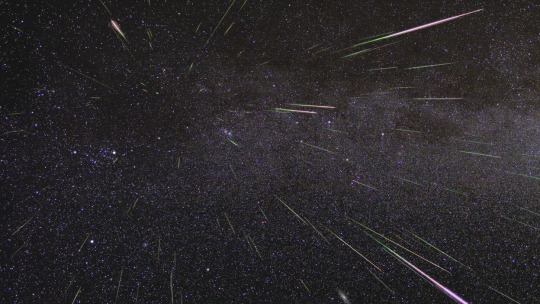
The radiant for the Perseids, as you might guess from the name, is in the constellation Perseus, found near Aries and Taurus in the night sky.
But they’re not actually coming from Perseus, right?
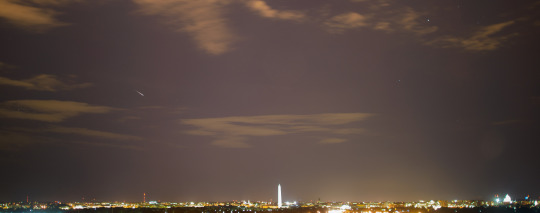
Credit: NASA/Joel Kowsky
Right! The Perseids are actually fragments of the comet Swift-Tuttle, which orbits within our solar system.
If you want to learn more about the Perseids, visit our Watch the Skies blog or check out our monthly “What’s Up” video series. Happy viewing!
Make sure to follow us on Tumblr for your regular dose of space: http://nasa.tumblr.com
4K notes
·
View notes


